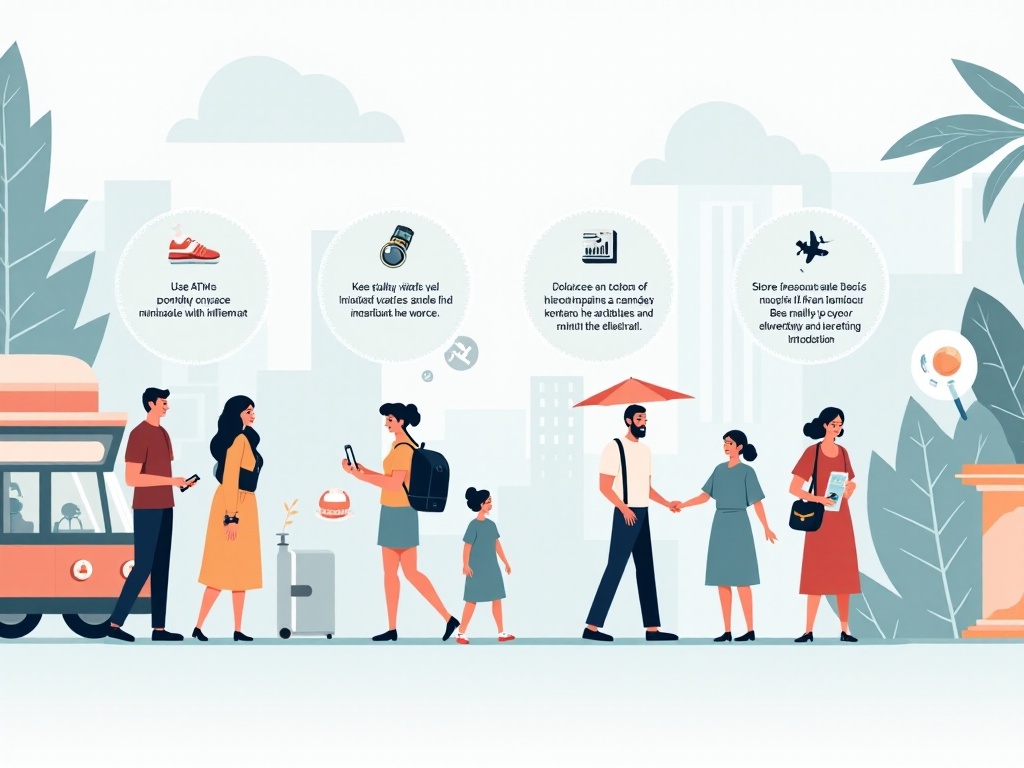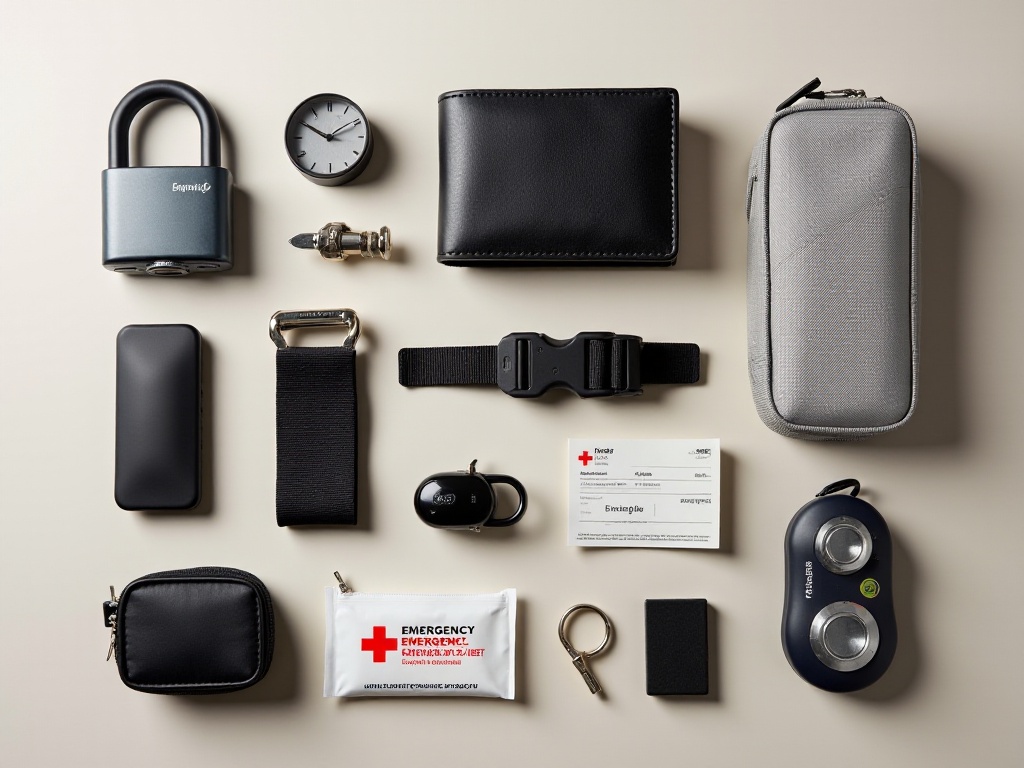
Before Departure
As someone born in the 1990s who grew up in the plains, I was extremely nervous about my first trip to Tibet. Looking back, those anxieties and worries were completely unnecessary. With proper preparation, going to Tibet isn't a big deal at all. I've been to Tibet several times, and today I'll share my experiences and lessons learned to help you avoid the pitfalls I encountered.
While Tibet requires considerable preparation, don't be intimidated. Follow my guidance, and I guarantee you'll have a safe and enjoyable trip.
Document Preparation
Documents are crucial - I learned this the hard way on my first trip. I excitedly went to Shannan, only to be stopped on the road because I didn't have a border permit. That embarrassment and frustration were indescribable. Now, whenever I meet friends planning to visit Tibet, the first thing I remind them is to get all their documents in order.
While an ID card is basic, many people overlook the border permit. There are two ways to obtain a border permit: either through the Exit-Entry Administration of your local public security bureau or by getting a temporary permit after arriving in Tibet. I personally recommend getting the permit in your hometown to avoid wasting time in Tibet. Many scenic spots now check border permits, and you really can't go anywhere without one.
Let me detail the border permit application process. When applying in your hometown, you typically need your original ID card and a copy, your original household registration book and a copy, and two 2-inch photos. Processing usually takes 5-7 working days and is completely free. If you choose to get a temporary permit in Tibet, you only need your original ID card, but note that temporary permits are only valid in specific areas and have shorter validity periods.
I recommend starting document preparation at least a month in advance because unexpected situations can arise. For instance, a friend of mine was denied a border permit because their ID card was about to expire. They had to renew their ID first, which delayed the whole process by about half a month.
Required Medical Check-up

Trip Planning
Trust me, I'm not exaggerating when I say trip planning is one of the most crucial aspects of visiting Tibet. My first trip was a typical example of what not to do - I tried to cram all the popular attractions into just one week. As you can imagine, I exhausted myself and only got superficial glimpses of places, missing Tibet's true charm.
From my experience, a reasonable first-time Tibet itinerary looks like this: spend the first 3-4 days just in Lhasa, don't rush to other places. This time is mainly for your body to adjust to the high altitude while casually visiting city attractions like the Potala Palace and Jokhang Temple. I followed this approach on my second trip, and it felt much better - I had no significant altitude sickness and could truly appreciate Lhasa's unique charm.
Many people might think spending 3-4 days in Lhasa is a waste of time, but it's not at all. Lhasa has so many places worth savoring. For instance, Barkhor Street has enough specialty shops to explore for an entire day. The streets around Jokhang Temple are also fascinating, where you often encounter pilgrims from across the country - their devotion is truly moving.
After the adaptation period, you can start planning visits to other places. I recommend starting with attractions closer to Lhasa, like Yamdrok Lake and Namtso Lake. Only consider going to places with higher altitudes or greater distances, like Shigatse or Ali, after your body has fully adjusted to the altitude.
Here's a practical tip: always leave enough flexible time in your itinerary. Tibet's weather is highly variable, and road conditions aren't always ideal - unexpected situations are common. For example, you might encounter landslides on the way to Namtso Lake, turning a 3-hour drive into 5-6 hours. If your schedule is too tight, such situations can be very problematic.
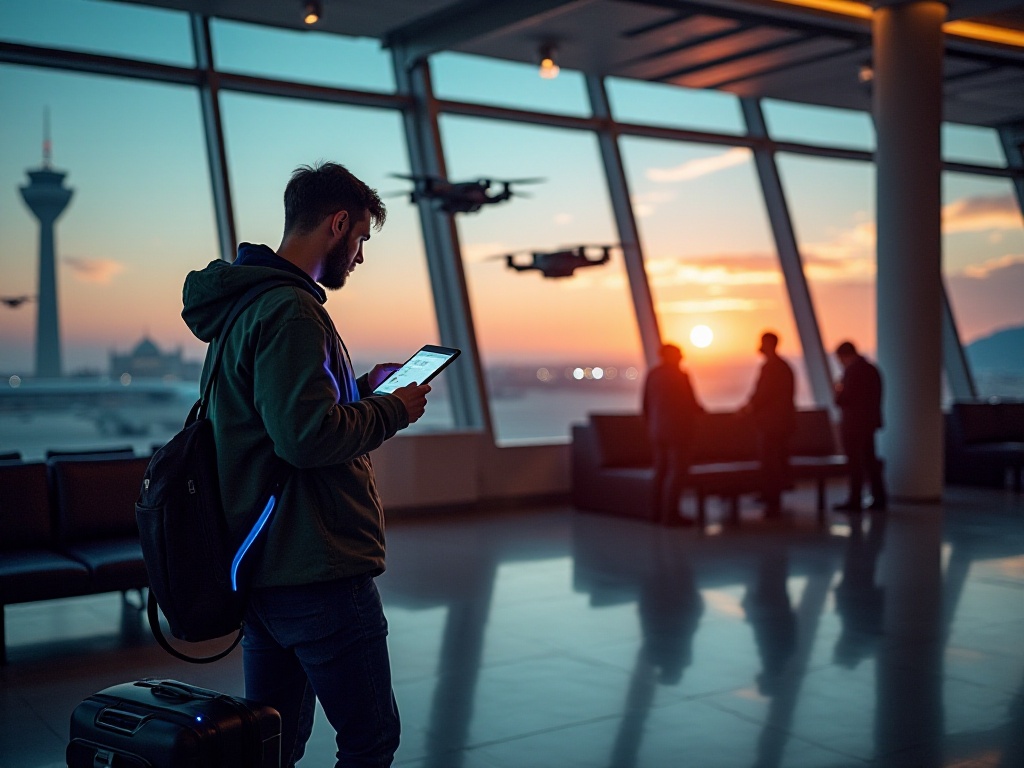
Equipment Selection
Let me share my deep insights about equipment. On my first Tibet trip, I only packed a few short-sleeve shirts and a light jacket, thinking summer wear would suffice. Only after arriving did I realize Tibet's temperature variations were far greater than I imagined. The sun is scorching during the day, making short sleeves feel too hot, while temperatures plummet at night, rendering a light jacket completely inadequate.
Now I've compiled a comprehensive equipment list that I hope will help you:
Sun protection gear: This is crucial as Tibet's UV rays are extremely strong. You must bring sunscreen with SPF 50+ and reapply frequently. My essential trio includes sunscreen, a sun hat, and sun sleeves. Choose a hat with a neck flap for protection. UV-protective clothing is also necessary - opt for breathable styles to avoid overheating.
Sunglasses: Choose professional UV-protective sunglasses with at least level 3 UV protection. On my first trip, I cheaped out and bought street vendor glasses, resulting in very uncomfortable eyes. Later, I bought professional mountaineering sunglasses in Lhasa - though expensive, they worked excellently.
Clothing: Pack according to season, but warm clothing is essential regardless. I recommend bringing a fleece and a windbreaker that can be layered according to temperature. Quick-dry pants are best for easy movement and maintenance. Pack plenty of underwear as you'll sweat more at high altitudes and need frequent changes.
Shoes: Bring comfortable athletic or hiking shoes, preferably waterproof. Many areas in Tibet have poor road conditions and frequent rain or standing water. I learned this lesson wearing canvas shoes on my first trip - very uncomfortable when wet from rain.
Oxygen bottles: These are essential backup items, even if you don't use them - they can be lifesaving in emergencies. Each person should have 2-3 bottles, preferably small portable ones for easy carrying. I bring them on every Tibet trip now, just in case.
Other essentials: Lip balm (lips crack easily at altitude), thermos (for hot water), power bank (phones drain quickly due to temperature changes), band-aids (for blisters), wet wipes (for wiping sweat).
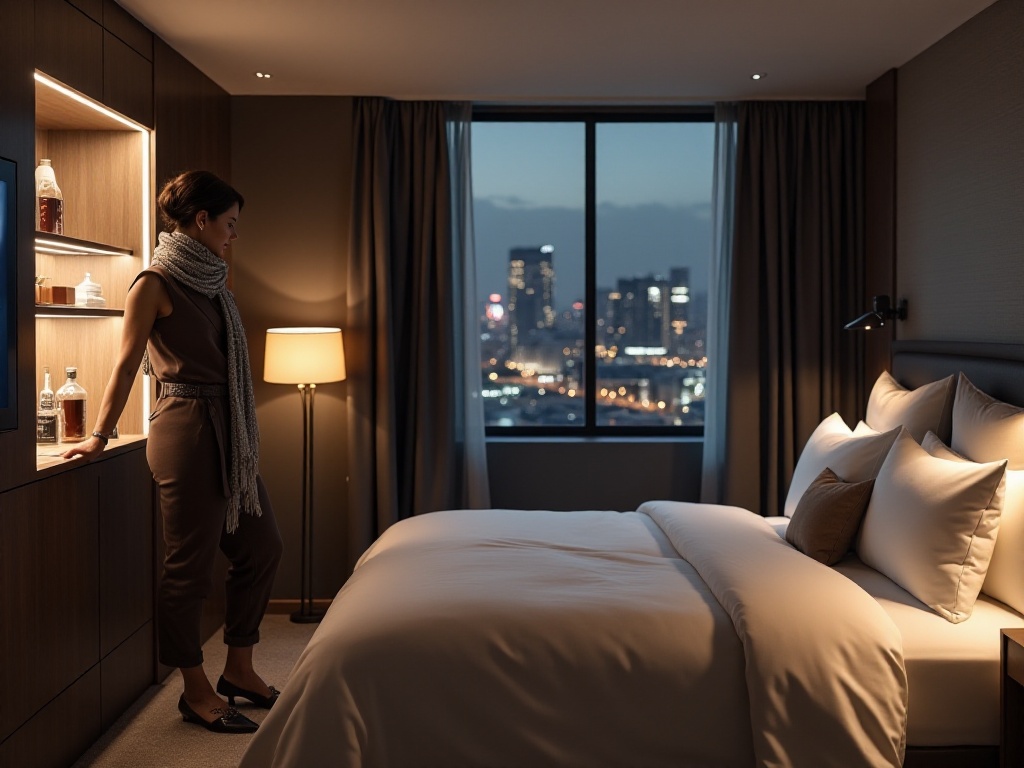
Accommodation Safety
Don't skimp on accommodation - I learned this lesson the hard way. On my first Tibet trip, I stayed at a cheap guesthouse to save money. When altitude sickness hit at midnight, they didn't even have oxygen bottles, forcing me to take a taxi to the hospital. Since then, I only choose proper hotels in Tibet. They're more expensive but safer.
Here's what I look for in hotels:
First, location - choose hotels in the city center or near hospitals for quick medical access if needed. My last hotel in Lhasa was next to the Tibet Autonomous Region People's Hospital. Though I didn't need it, that security was important.
Second, facilities - confirm the hotel has oxygen equipment. Many proper hotels have individual room oxygen supplies and 24-hour emergency medical kits at reception. Some even have medical rooms with professional staff.
Third, hygiene - especially important at high altitudes where resistance is lower. When booking, check reviews, particularly regarding cleanliness.
Finally, heating - crucial in cold seasons. Tibet nights are very cold, and good heating prevents catching cold. Last winter in Tibet, I chose a hotel with floor heating, which made for very comfortable nights.
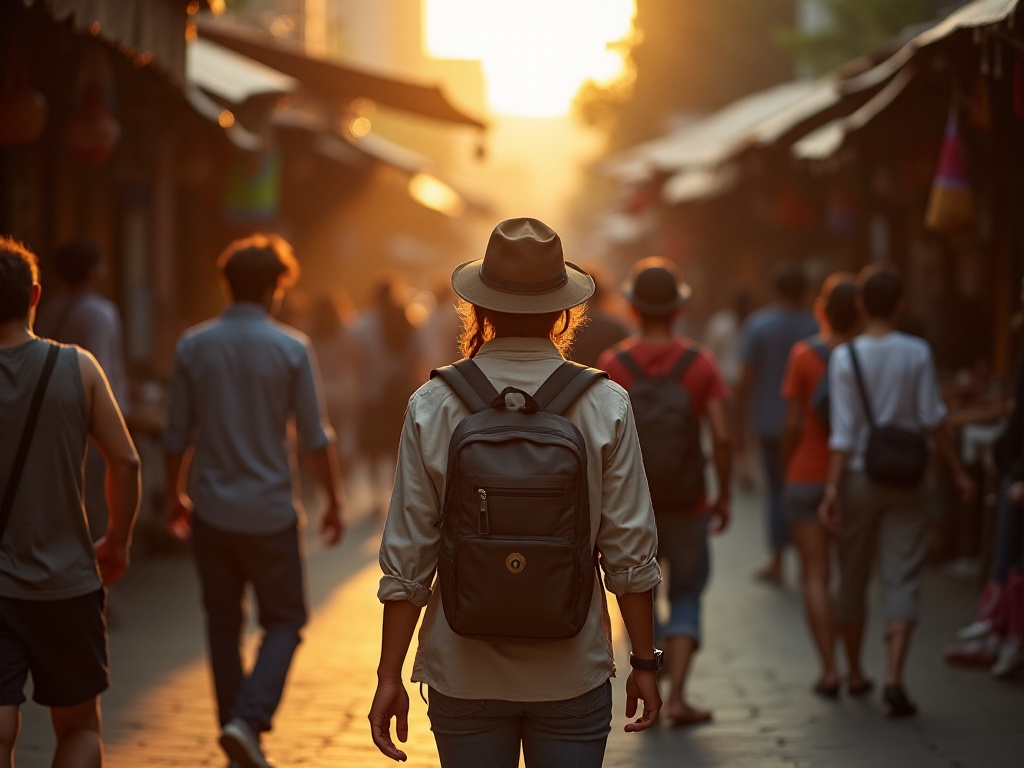
Dietary Considerations
I could talk about highland diet all day. My first Tibet trip exemplified what not to do. I couldn't resist having a feast right after arriving in Lhasa, and paid for it that night with nausea and dizziness - it was miserable.
Now I follow these highland dietary principles:
On the first day, keep it light. My standard now is: porridge or bread for breakfast, easily digestible foods like noodles or dumplings for lunch and dinner. Absolutely avoid heavy foods like hotpot or barbecue initially.
Hydration is crucial, but drink water properly. Don't drink too much at once - take small amounts (200-300ml) frequently. I always carry a thermos for regular warm water intake. They say warm water is better absorbed at high altitudes than cold water.
Regarding alcohol, I recommend complete abstinence. Despite social pressure to drink, alcohol is particularly harmful in highland environments. A friend ignored this advice, drank some alcohol, and ended up in the hospital with severe altitude sickness.
Regular meal times are essential. No matter how irregular your usual schedule, maintain regular meals in the highlands. Your body needs consistent energy while adapting to the altitude - irregular eating can cause problems.
Be careful with fruit selection - choose easily digestible ones like apples and bananas. Avoid cooling fruits as they can cause digestive issues.
Emergency Plans
Emergency planning is absolutely critical. While we hope to avoid emergencies, it's better to be prepared. I now make thorough preparations for every Tibet trip.
First, medical supplies:
Rhodiola capsules: Start taking these two weeks before departure to help your body pre-adapt to high altitude. Nifedipine: Common for preventing altitude sickness, but only use under medical guidance. Ibuprofen: For headache relief - very useful at high altitudes. Vitamin C: For immune system support. Band-aids and antiseptic: For minor injuries. Digestive medicine: Essential as digestive issues are common at high altitudes.
Important phone numbers:
Lhasa Emergency Center: 120 Tibet Autonomous Region People's Hospital: 0891-6834691 Tibet Tourism Bureau: 0891-6834747 Local police station numbers (save these upon arrival) Hotel front desk Reliable local guide numbers (if applicable)
I recommend carrying printed copies of this information, as phones may have signal issues or run out of power in highland areas.
It's also crucial to inform family or friends of your specific itinerary, including accommodation details and contact information. This helps them reach you quickly in emergencies.
Conclusion
After reading all these precautions, you might think visiting Tibet seems complicated with too many preparations. But trust me, when you stand before the Potala Palace, watching devout pilgrims and experiencing the pure blue sky, you'll find all this preparation worthwhile.
Tibet is truly magical - it purifies your soul and gives you new perspectives on life. I visit Tibet annually now, gaining new insights and experiences each time.
So, prepare well and go with confidence! You'll surely fall in love with this magical land. If you have any questions during preparation, feel free to ask - I'm happy to share my experience.
One final message for those preparing to visit Tibet: The better prepared you are, the more you can enjoy yourself. I look forward to perhaps meeting you unexpectedly in some corner of Tibet.
Next
First Time Traveling to Japan Alone? Don't Miss These Essential Preparations! A Comprehensive Guide
A comprehensive guide covering essential travel safety preparations, including document management, luggage security, accommodation safety, and personal property protection, helping travelers minimize risks during their journey.
Essential Safety Guide for Solo Female Travelers in 2024: From Hotel Booking to Scam Prevention
A comprehensive guide covering travel safety aspects including accommodation security, personal belongings protection, and behavioral safety. Provides practical advice on lodging preparation, valuables management, document security, and scam prevention for travelers
What's It Like to Travel Alone to the Sahara Desert in Morocco? An Adventure from Ramadan to Desert Camping
A comprehensive guide covering essential travel safety aspects, including pre-trip preparation, document management, accommodation security, property protection, and emergency response protocols for a secure travel experience
Next
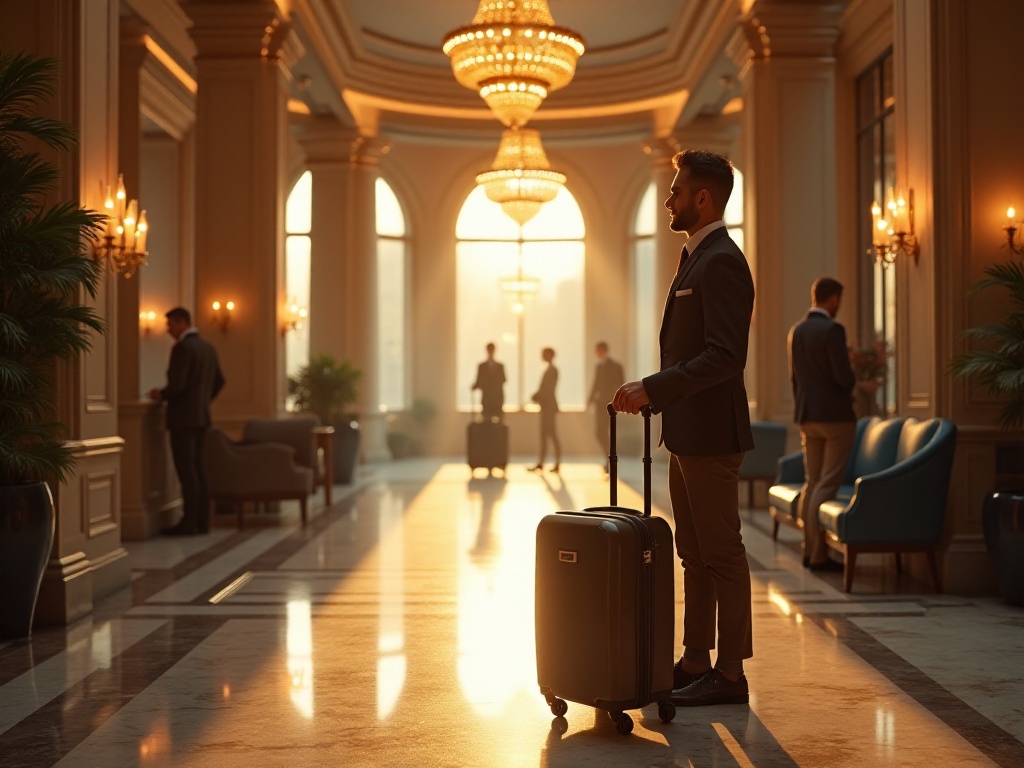
First Time Traveling to Japan Alone? Don't Miss These Essential Preparations! A Comprehensive Guide
A comprehensive guide covering essential travel safety preparations, including document management, luggage security, accommodation safety, and personal property protection, helping travelers minimize risks during their journey.
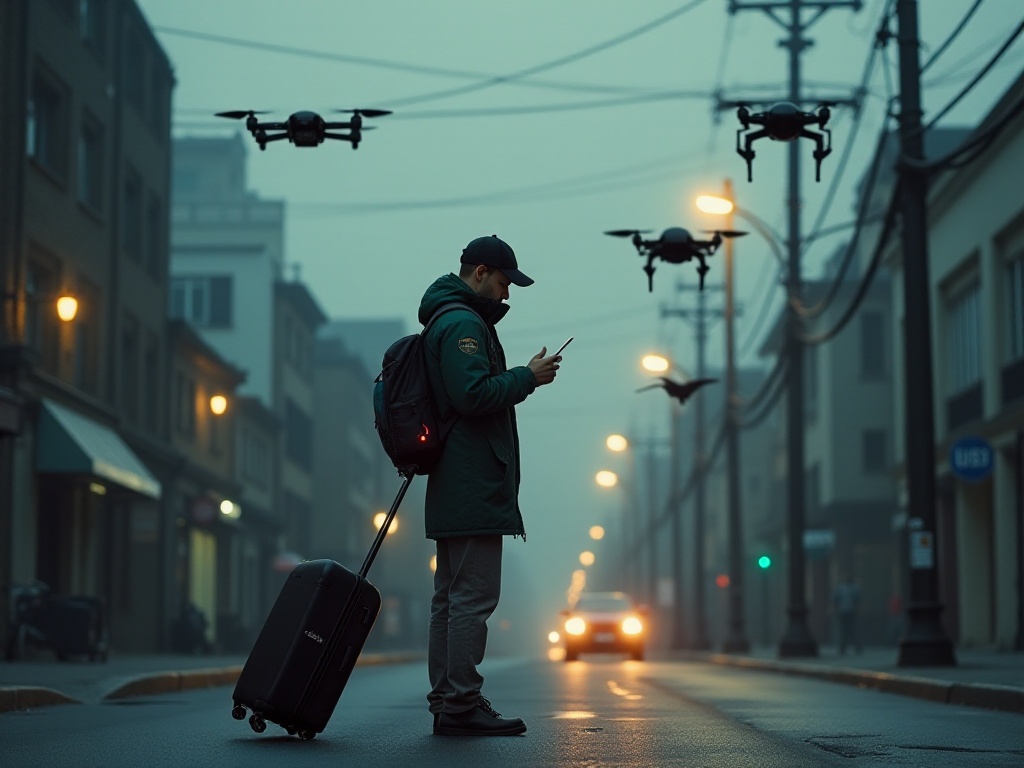
Essential Safety Guide for Solo Female Travelers in 2024: From Hotel Booking to Scam Prevention
A comprehensive guide covering travel safety aspects including accommodation security, personal belongings protection, and behavioral safety. Provides practical advice on lodging preparation, valuables management, document security, and scam prevention for travelers

What's It Like to Travel Alone to the Sahara Desert in Morocco? An Adventure from Ramadan to Desert Camping
A comprehensive guide covering essential travel safety aspects, including pre-trip preparation, document management, accommodation security, property protection, and emergency response protocols for a secure travel experience

